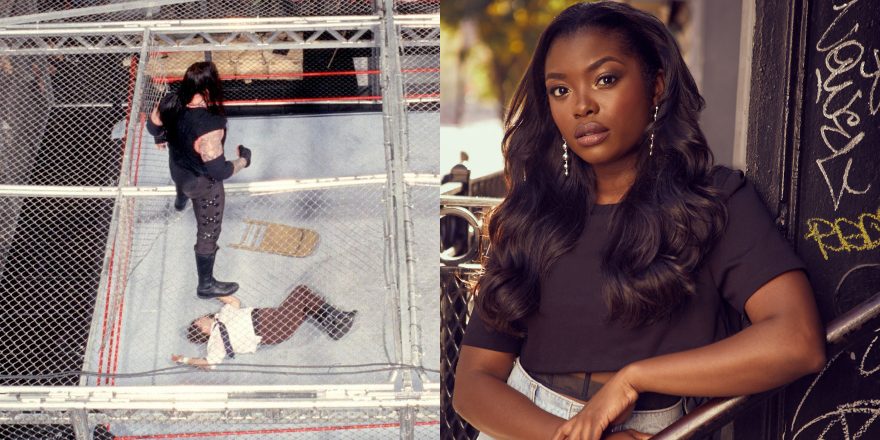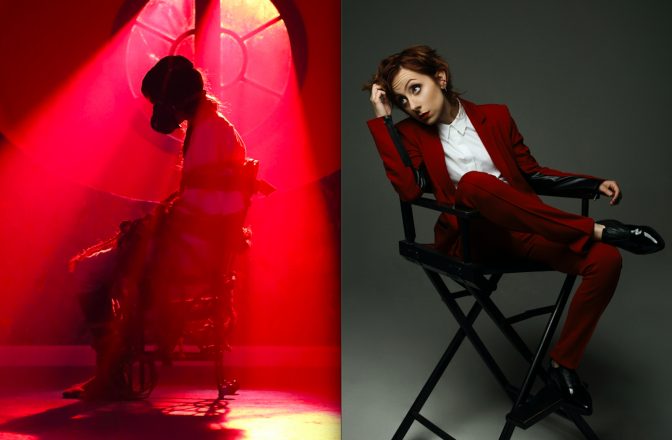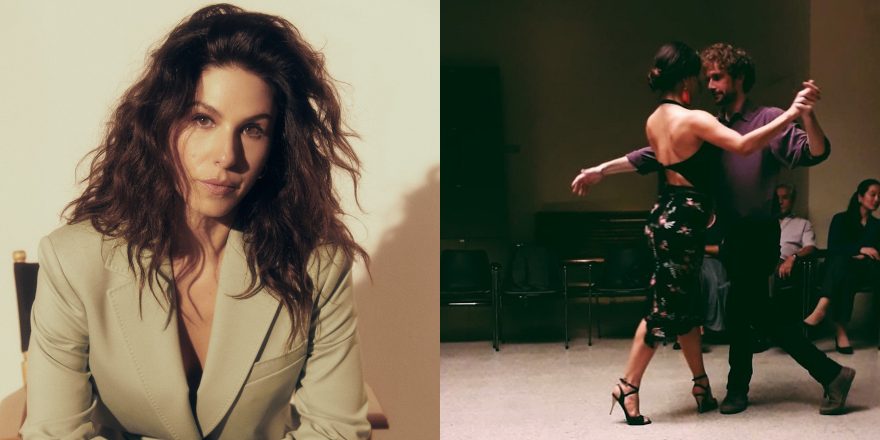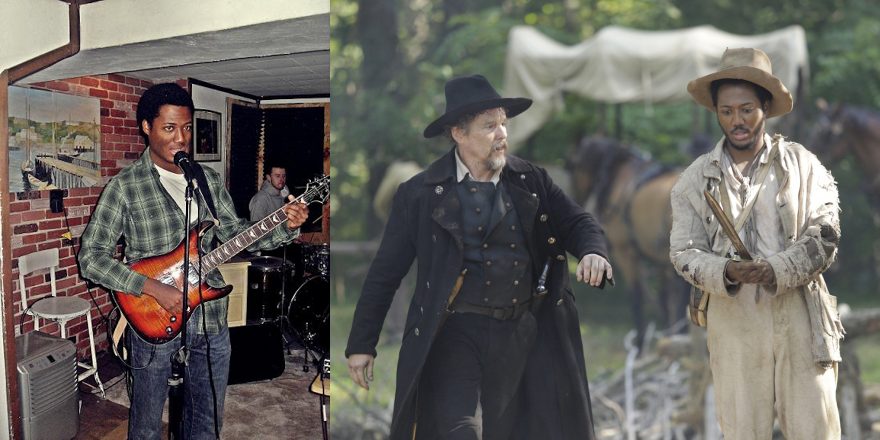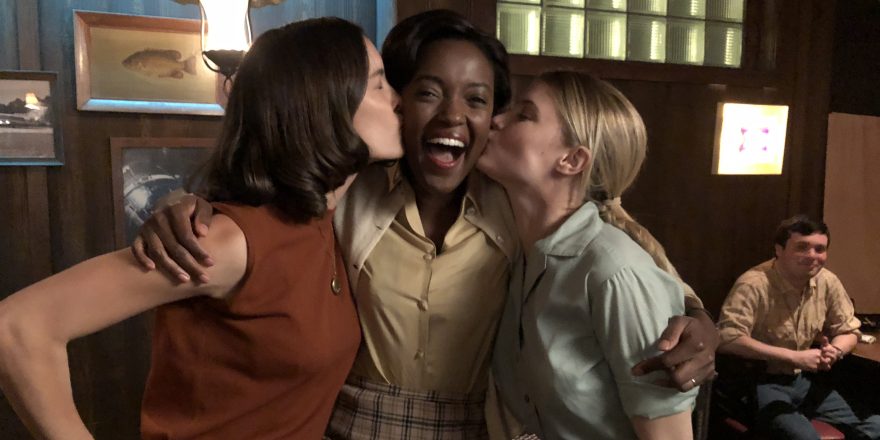“You’re a wrestling fan?” Meet the question behind many a record-scratch moment in my conversations – with people I’m just getting to know and even people who know me a little already. I am willing to bet you asked it yourself after reading the title of this essay. You can go ahead and admit it. It’s OK. I’ve gotten used to the fact that the idea of me making room in an ever-crowded viewing schedule for at least four hours of professional wrestling a week, catches most people by surprise. To paraphrase an oft-used WWE tagline, they never see it coming.
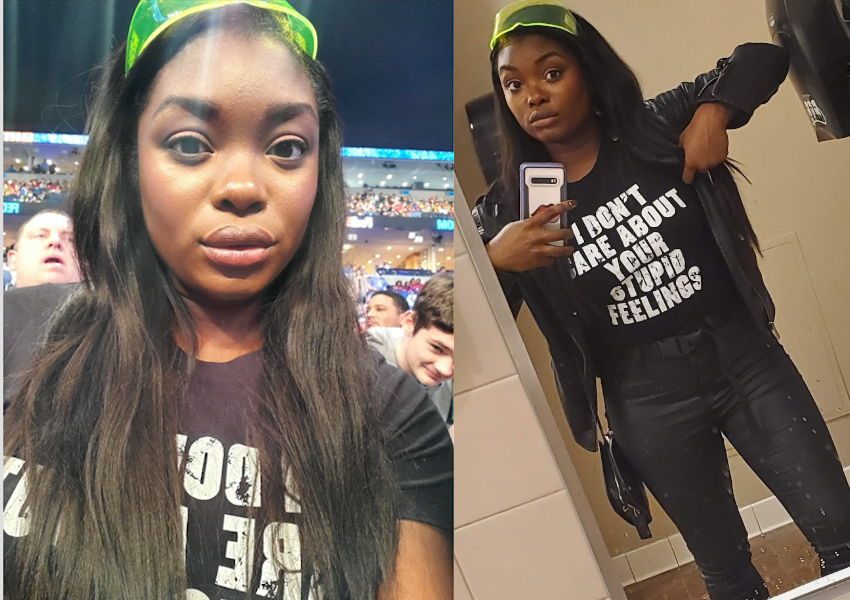
“You know it’s not real, right?” That’s the most common follow-up, a question I haven’t quite gotten used to. I should have by now, but it’s like I’m allergic to it. For one, it should be obvious that I am partial to the world of pretend. As an actor, I have built a career trafficking in make-believe. But also, as a person whose livelihood is entertainment, I can assure you that audience buy-in is not predicated on something being “real.” Wrestling fans age nine and up know Luchasaurus isn’t really a dinosaur, and Kane is not actually Paul Bearer’s lovechild. (Fun fact: Britt Baker is really a practicing dentist.) We also know that when Undertaker threw Mankind off the top of a 16-foot steel cage and into a table at the third Hell in a Cell, he didn’t do it to “win” a match, he did it to give us (the people) what we wanted: a show. The show is real, and trust me, so was the pop that night.
As my love of wrestling has grown, I’ve realized that as much as I am a fan, I’ve also become somewhat of a student. You won’t see me power-bombing anyone anytime soon (although a girl can dream) … but I have both learned and been reminded of many a storytelling trade secret watching Kenny Omega, Sting and countless others do their thing in the ring, week after week. For example, I know no one likes a never-ending promo, so without further ado, I give you five of the most valuable lessons I’ve picked up couch-side of the ring thus far …
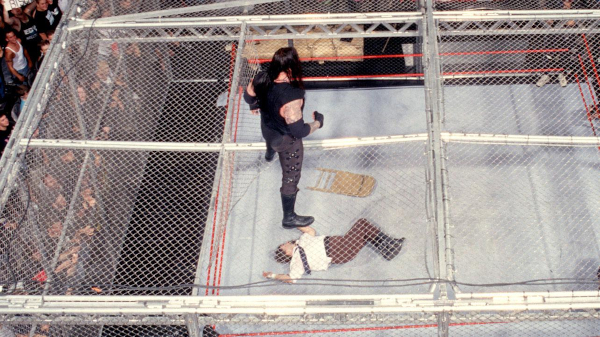
1. Start the Show With a Bang
I had a college professor who was big on entrances. “Every character on the screen is the main character in their own movie. So even if you’re the messenger to a king with two lines of dialogue, enter with a point of view and endeavor to take over the scene if only for that moment.” Call me influenced, because ever since, strong entrances have always struck a chord with me. Not only are they easy to overlook or overdo, therefore requiring a feat of skill to pull off, but they also remind me that there is gold to mine from the moment your character first enters the chat. Now professional wrestlers? They mine that gold like nobody’s business, and with good reason. From your pyro, to your musical cue, to the pose you strike and where you strike it, in the world of professional wrestling, your entrance is your calling card … Hit the right notes and you can send chills up the necks of 20,000 in an arena with just the strike of a gong.
2. Learn How to Dance
Truly great match-ups have connection, great timing, amazing highs and lows (both physical and emotional), twists in plot, and subverted expectations. There’s back and forth, considered stage picture, story … In other words, it’s all a dance. It’s true in the ring. It’s true in a scene.
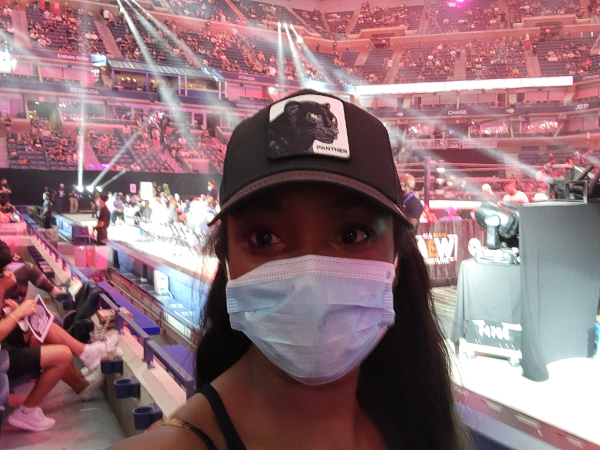
3. Booing You, Cheering You – What Matters is They’re Watching
Meet Cody Rhodes. He’s a babyface from a babyface family who has been getting booed lately, with no clear explanation as to why and it’s causing a bit of an identity crisis. We don’t know each other, but that’s what I picked up watching his reality show, Rhodes to the Top. Now, at an All Elite Wrestling pay-per-view event last year, I was lucky enough to see Cody – and his absolutely out-of-control entrance – live. There was a dude next to me I’d been eavesdropping on since the start of the show whose super-fan commentary was not only next-level but also was serving as a nice replacement for the TV commentator experience you miss out on at a live event. As the opening strains of his entrance song, “Kingdom” by Downstait, began to play, it occurred to me that maybe polling a true-blue fan of the sport would reveal the root cause of Cody’s central conflict. So, I turned to my J.R. substitute and asked, “Are we booing Cody or cheering for him?”
“Booing.” He responded, without hesitation.
“Why?” I probed.
Homeboy took a moment, shrugged and started booing. Simple as that. A choice so arbitrarily made, it shocked me. I shook my head, started to cheer and set a reminder for my future self to replay this exchange if/when an audience turns on one of my characters. It happens to most performers and it can be hard not to take personally, but many times a large part of the “hate” actually has nothing to do with you. And in the end, hate you, love you, if they’re watching, they’re a fan.
4. The More Fun You’re Having, the More Fun You Are to Watch
Having fun used to be the number one thing I would remind myself of going into audition rooms (RIP in-person casting). I found I got more call-backs and it took some of the pressure off. Now, I remind myself before scenes, because grind-culture will really try and distract you from prioritizing your own experience of your art … but also because if I’m deriving joy and entertainment from what I’m doing, chances are, others will too. It’s a win-win proposition for the performer and the audience and another lesson I think about all the time watching wrestlers.
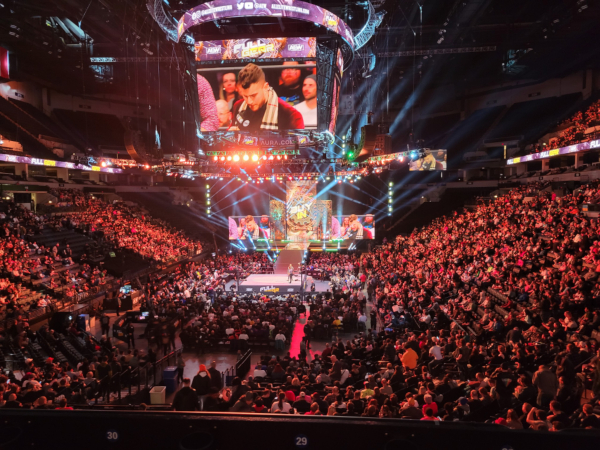
Favorite example right now? MJF. Hands down. Let me tell you something, honey, Maxwell Jacob Friedman is having the time of his life being “better than you.” It is clear as crystal he loves the role of ultimate douchebag. He’s perfected the grin, the ring kiss, the catchphrases and the insults. He is an incredible heel, cutting insane promos, stoking beefs with almost every babyface icon on AEW’s roster and we love to watch it all because he’s having so much fun.
5. Give the People a Show
Sometimes getting too cerebral or precious about a performance can make me lose sight of the end goal. When that happens, I try to remind myself why the audience is tuning in. Sure, it depends on the scene and the project, but I have found there are quite a few consistent themes across medium and genre. Audiences want pyro, want the quotables, want to laugh and be surprised, and be heartbroken. We want complicated heroes, anti-heroes and fools. So when I’m too in my head, I just think, “Give the people what they want. Strut down the ramp like a Bella twin, lift the juiciest dialogue, be a goof, surprise yourself, break a heart, break your heart. They want the drama, so give them a full show.”
Featured image shows (left) “Hell in a Cell” match, and (right) a portrait of Ebonée Noel by Emily Assiran.


